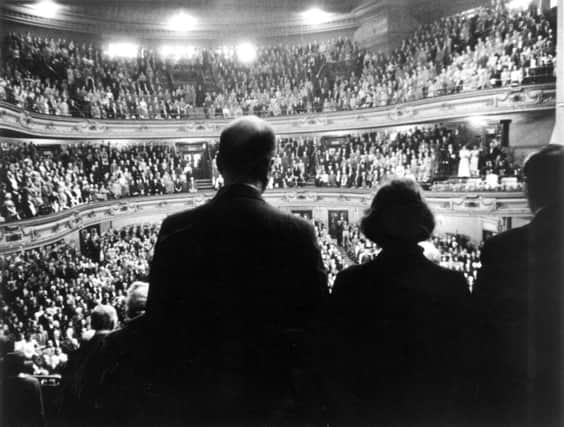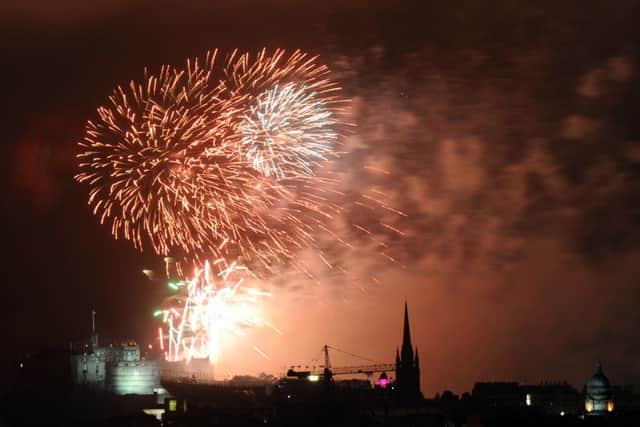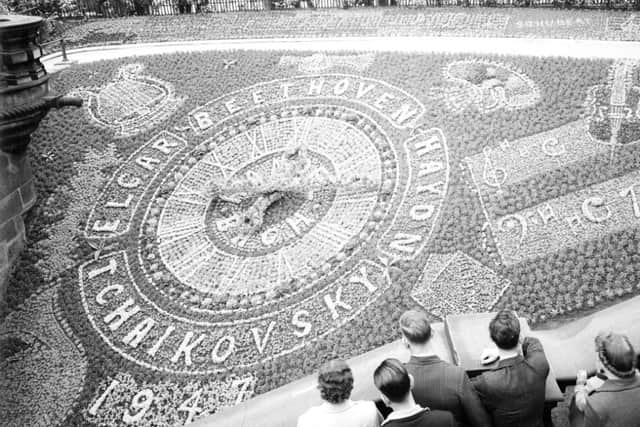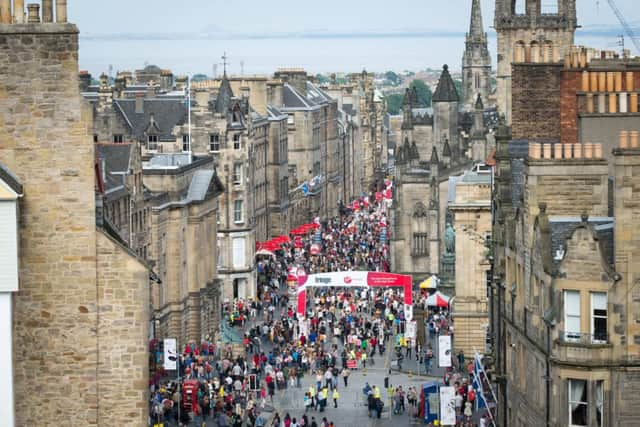Lost Edinburgh: the first Edinburgh Festival


Post-war Edinburgh was a drab and dreary place with little to celebrate. The atrocities of WWII and the austerity which followed had somewhat dissolved the morale of its people. It would take something dramatic to lift the pervasive doom and gloom which hung heavy over smog-ridden Auld Reekie. That something would be the Edinburgh International Festival.
Beginnings
The Festival was the brainchild of Rudolf Franz Josef Bing, an Austrian-Jew and opera impresario who had fled Nazi Germany with his family in the 1930s. Upon entering the United Kingdom, Bing helped to found the Glyndebourne Festival Opera in East Sussex. No doubt inspired by the Salzburg Festival of Music and Drama, which had been hugely successful in his home country before the war, Bing’s dream was to establish his own arts festival and he travelled up and down the United Kingdom hoping to find a suitable location. Eventually he was fortunate enough to encounter the open mind of Edinburgh’s then Lord Provost Sir John Falconer, who spotted an excellent opportunity to both expunge the doom and gloom and boost the city’s coffers at the same time.
Advertisement
Hide Ad

The plan to hold the Edinburgh Festival was announced in November 1945, receiving enthusiastic support from the general public and the unanimous backing of the town council. Hosting such an ambitious event promised to transform Edinburgh into a forward-looking hub of international culture and creativity. Most importantly, it would give a city in the midst of post-war austerity something to cheer about.
The Edinburgh Festival kicks off
The Edinburgh International Festival of Music and Drama opened for the first time on 24 August 1947.
The Glyndebourne Opera (which maintained close ties with the Edinburgh Festival for a number of years) presented The Marriage of Figaro and Macbeth; the Vienna Philharmonic orchestra played the works of Haydn, Mozart, Schubert and Strauss; the Saddlers Wells Ballet danced; Kathleen Ferrier sang; and a 33-year-old Alec Guinness appeared in Richard III. Venues ranged from St Giles Cathedral to the New Victoria Cinema.


From all of the names who appeared at the inaugural Edinburgh Festival, few were held in such high regard as world-famous composer Bruno Walter. Even back in 1947 Walter was considered one of the all-time greats of his profession and his prestige ‘set the standard of the festival’ according to Ian Hunter MBE, the festival’s assistant director. Walter led the aforementioned Vienna Philharmonic orchestra to three weeks of stunning performances at the Usher Hall.
Roots of the Festival Fringe
Praise was also thrown the way of the ‘semi-official’ and uninvited performers of the festival: a mixture of smaller acts which descended on the city, ‘added balance’ to the event and offered something a little different from the norm. The Festival Fringe as it is now known has since become the focal point of the entire festival.
There was no sign of the Royal Edinburgh Military Tattoo in 1947. That would have to wait until the start of the next decade.
Advertisement
Hide Ad

Despite operating at an overall deficit, the Edinburgh International Festival was considered an overwhelming success. Before it had even finished there had been talk in the press regarding the 1948 event.
A Success for years to come
Within just a few years, the festival was attracting well over 100,000 visitors to the city for its duration. Edinburgh was carving a name for itself which would endure for decades to come.
Advertisement
Hide AdIf recent festivals are anything to go by, it’s only going to keep getting bigger.
Founder Rudolf Bing organised the festival for a number of years and was later knighted for his efforts. He eventually settled in America, managing the New York Metropolitan Opera. He died in 1997 at the age of 95.
Complete coverage of the Festival from The Scotsman and WOW247